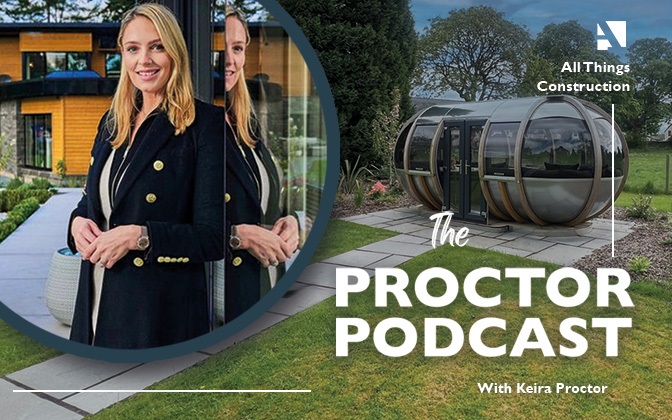Keira Proctor (KP): What’s the difference between ‘value engineering’ and ‘cost cutting’?
Will Jones (WJ): Cost cutting is a simple term. How do you get money off the bottom line? Value is about doing something better, and should be part of every project. That starts with lessons learnt from previous projects to inform improvements. Then you have to make sure you don’t devalue the project by using worse products. If you can get a cheaper product, you need a good understanding what the effect of swapping in that cheaper product will be.
James Brackenreed-Johnston (JBJ): A project is engineered so that materials help the building to perform as intended. Problems occur with value engineering, especially at tender stage, when the performance of the specified products isn’t taken into account. If time is spent making sure specifications are adhered to then a project should get priced correctly and costs don’t need to be cut later.
KP: How can a manufacturer’s support help?
WJ: It’s asking a lot of people to understand how every product performs and impacts on the building holistically. An effective value engineered solution needs trust between all parties, including manufacturers. Trust means people will talk to us because we have a role to play from a product and design point of view.
JBJ: It used to be the case that specifiers would specify a product type, like “a VCL” or “a breather membrane”, but not which one it should be. Education has improved and people are aware of how more detail is required about product types to deliver the correct performance.
KP: How is productivity on site taken into account?
WJ: Labour is more expensive than it ever has been. If you’re going to value engineer something then it can’t be detrimental to the installation process. Changing a detail that increases installation on site can negatively impact value engineering. You can’t have good, fast and cheap, so value engineering requires an over-arching perspective.
JBJ: The amount of labour and the volume of product on site is established by the specification and the project requirements. There are cases where we carry out a hygrothermal assessment and it negates the requirement for an internal vapour control layer. By avoiding over-specification, we save on product and labour costs without compromising building performance.
WJ: Specification changes need buy-in from everybody, including the people on site. We encounter reluctance from people about using our self-adhered Wraptite® membrane compared to what they’re used to. But then they use it and see the benefits. Effective communication, preferably in advance, can aid in understanding why something is being done a certain way.
KP: At its best, value engineering allows innovative thinking and solutions by looking at things with an open mind. Is construction too set in its ways?
WJ: When we talk about the complete picture, different stakeholders are doing different things for different reasons – and don’t necessarily worry about what is best for the other parties. Don’t be afraid to ask: what are we doing and how are we doing it? What can value engineering lead to? What if there was a method or product or technology to do something that we’d like to achieve but can’t? How can we make this quicker and easier, without additional cost in the grand scheme of things?
KP: It’s client-driven, ultimately. The client needs to know what they want and ask for it, so changes are informed and support achieving the end goal. Value engineering only tends to be done when a project is running out of money, but it has the most benefit when it’s ingrained at the planning stage.
JBJ: Communication has to come from all parts of the project. We’re seeing more concern and understanding from follow-on trades about their impact on building performance. They’re asking questions before puncturing materials, for example. We’re also seeing main contractors putting more onus on specialist contractors about the effect of their work.
KP: Good value engineering doesn’t sacrifice quality.
JBJ: It’s the value in engineering: understanding what’s going on in a build-up and why it has been specified to achieve a particular result, rather than cutting corners.
Watch the full conversation on the A. Proctor Group YouTube channel, or listen wherever you get your podcasts.
